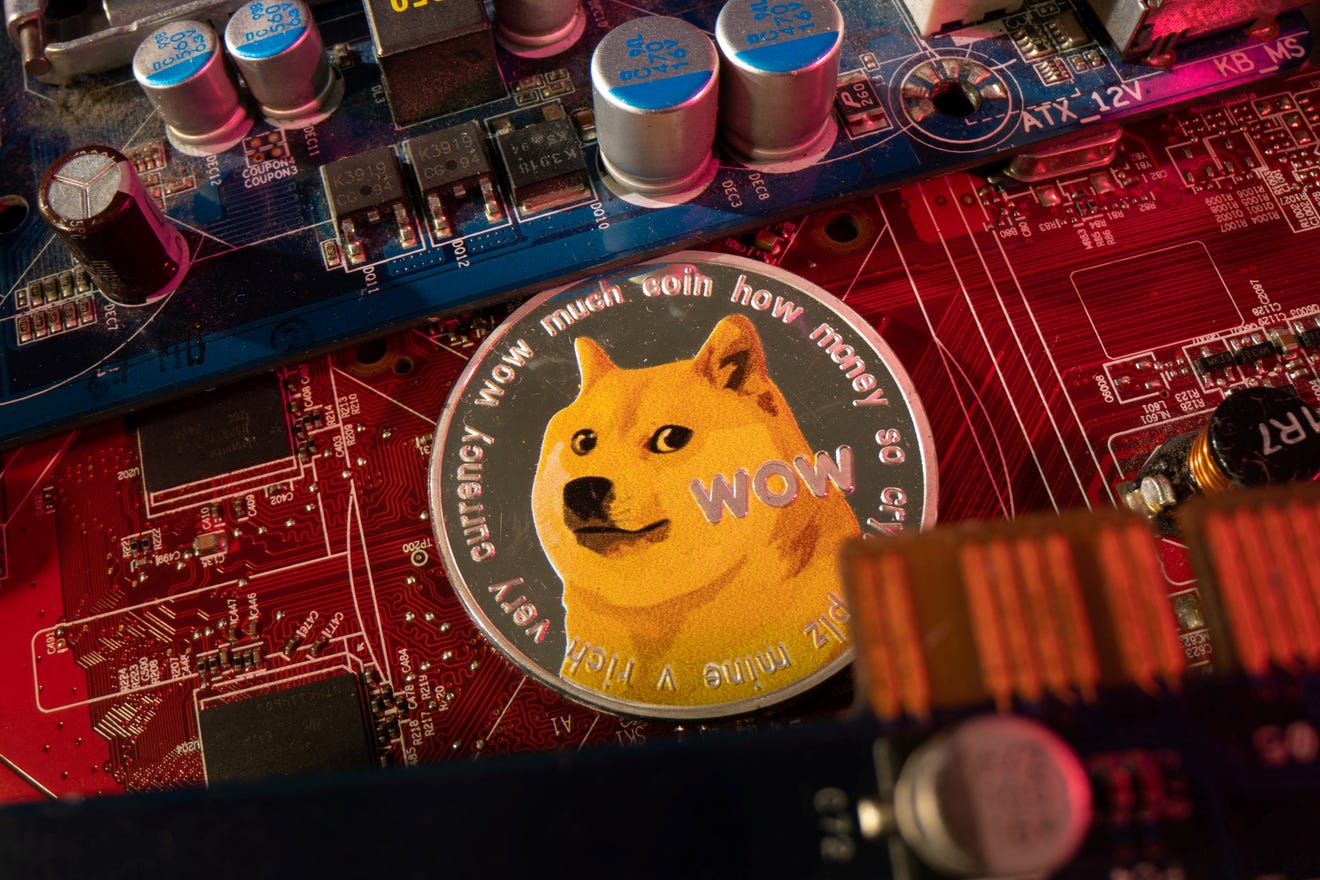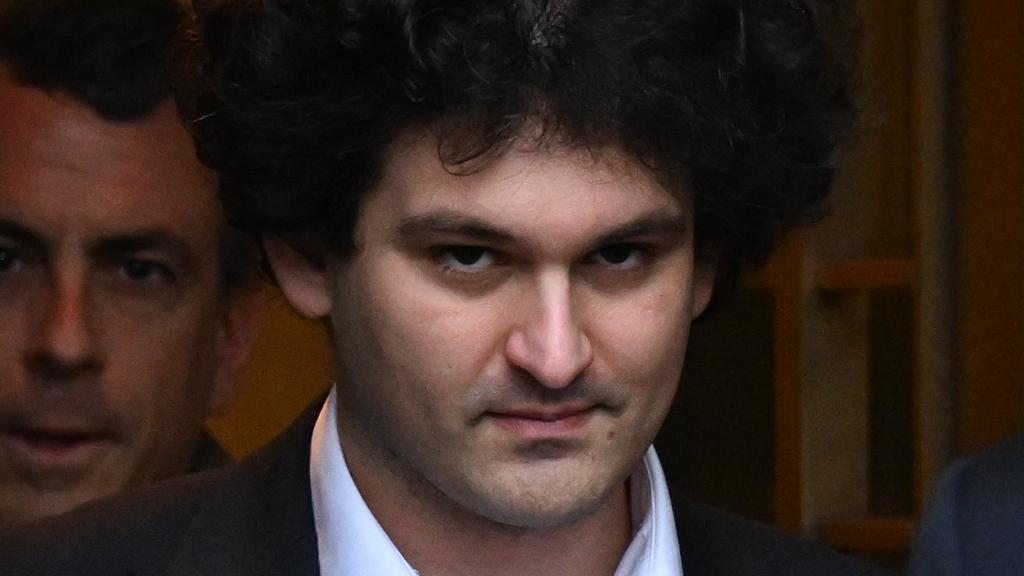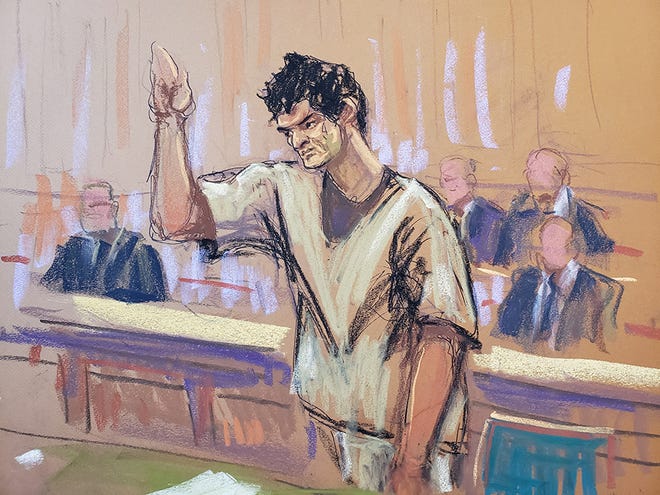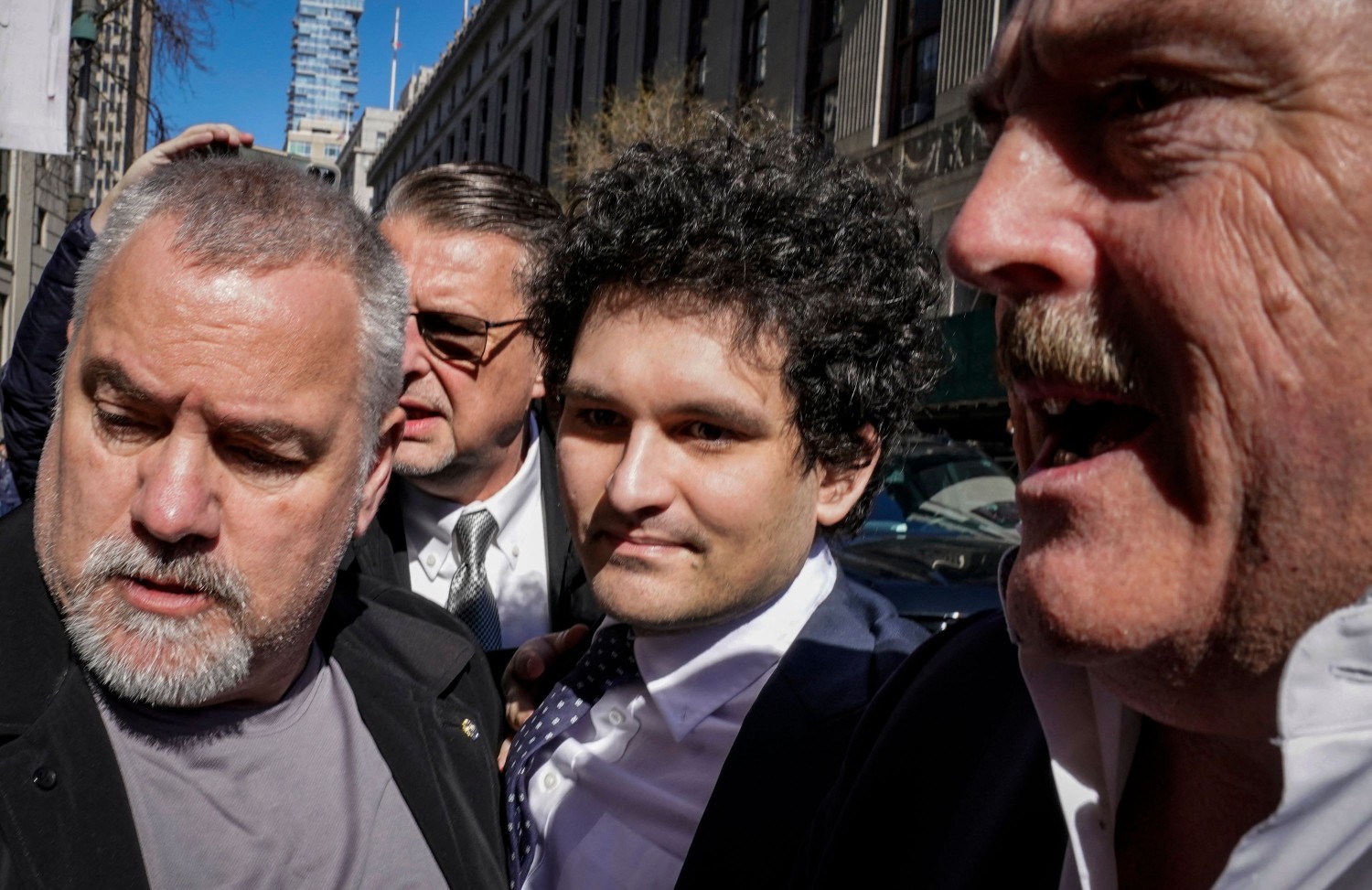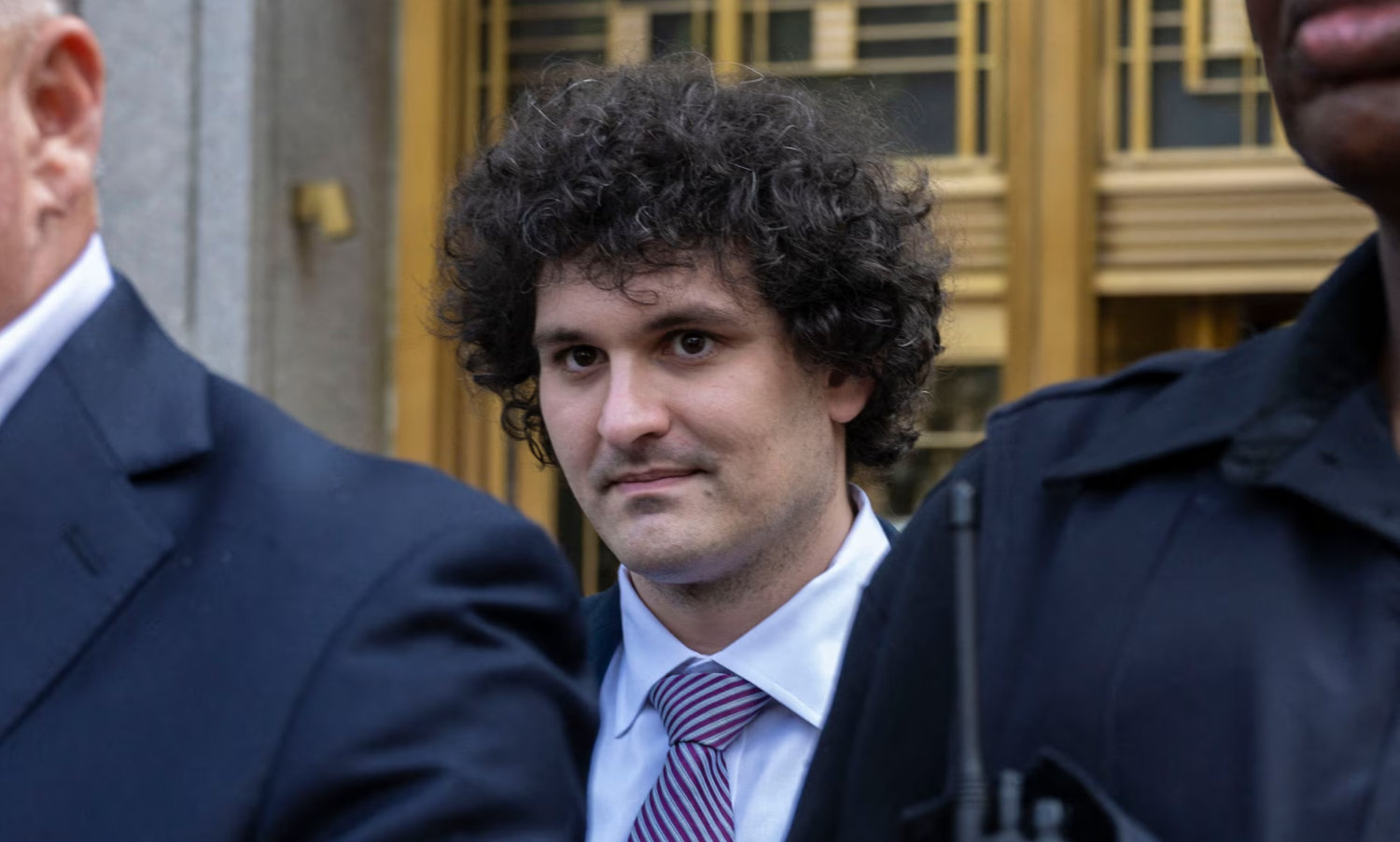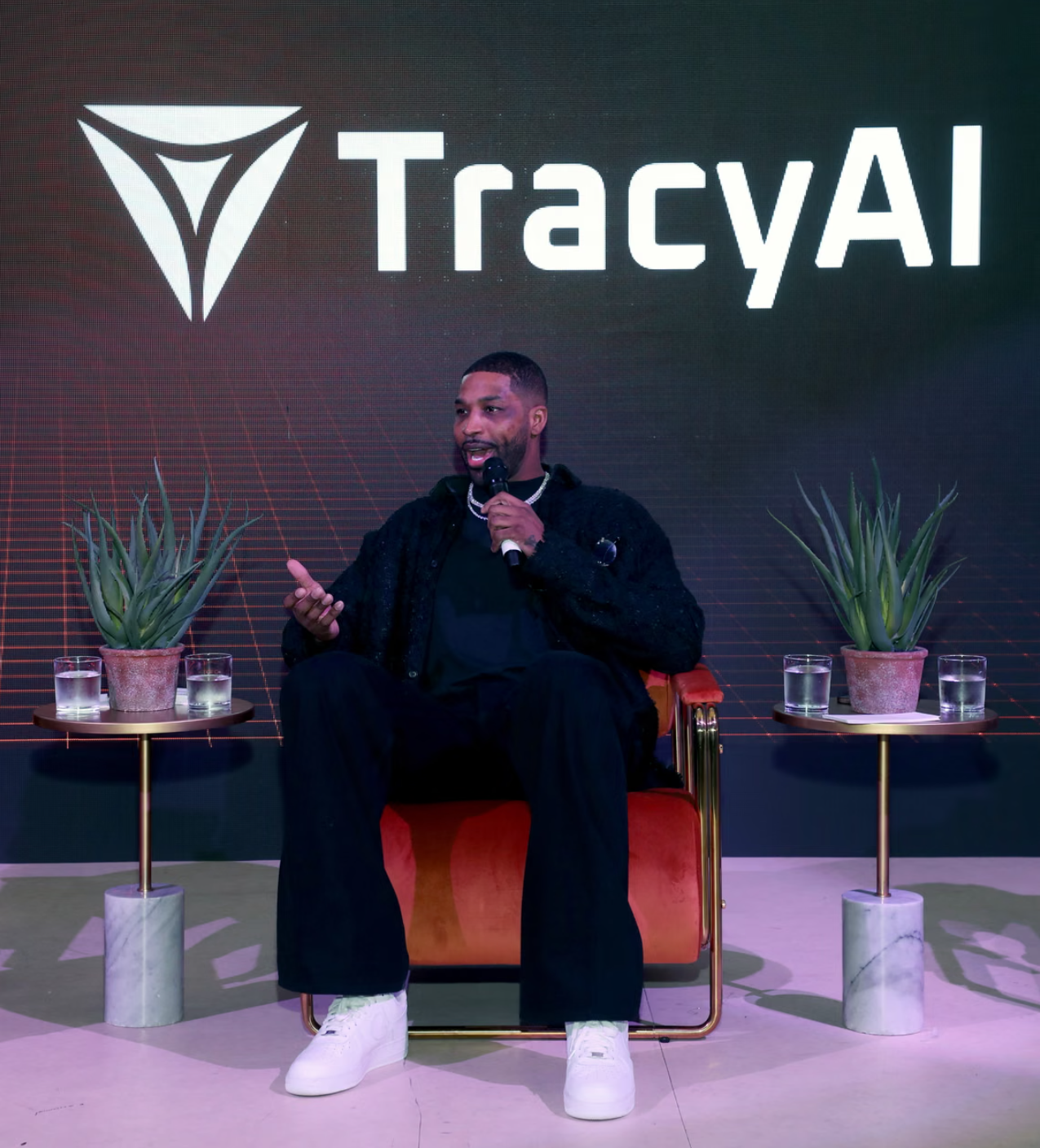
This article is more than
2 year old
Cryptocurrencies
3 min read
FTX’s Sam Bankman-Fried admits ‘mistakes’ while running crypto empire
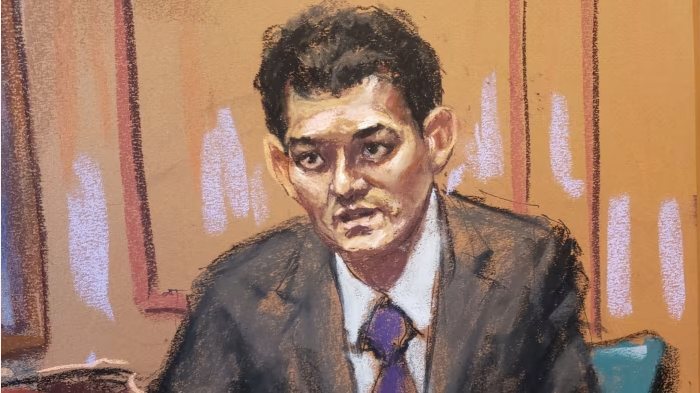
Former billionaire denies intending to defraud customers in testimony to the jury in his own defence at trial
Sam Bankman-Fried admitted to making “a number of larger mistakes” when running his cryptocurrency exchange FTX but denied defrauding customers as he took the stand in front of a New York jury in his own defence.
After being sworn in shortly before 10am local time, Bankman-Fried explained that he and his co-founders thought they “might be able to build the best product on the market” and “move the [cryptocurrency] ecosystem forward” by establishing the company.
When asked whether that ambition was realised, the 31-year-old said the FTX exchange “turned out basically the opposite”, adding that “a lot of people got hurt” when the business collapsed last November with an $8bn hole in its balance sheet.
Asked if FTX had a risk management team, he replied: “We sure should have.”
Bankman-Fried, the one-time billionaire who faces decades behind bars if convicted on the charges against him including wire fraud and money laundering, will be cross-examined by prosecutors later on Friday. He has pleaded not guilty.
Wearing a grey suit and purple tie, Bankman-Fried calmly talked the jury through the founding of his two companies — FTX and an affiliated trading firm, Alameda Research — with college friends from MIT and former colleagues at New York trading firm Jane Street Capital. The jury has previously heard testimony from some of them, including Gary Wang, Nishad Singh and Caroline Ellison, who are co-operating with the prosecution.
“I made a number of small mistakes and a number of larger mistakes,” Bankman-Fried said of his management of FTX. He added that “by far the biggest mistake” was not having dedicated risk management.
One of the main allegations against him is that his trading firm Alameda had secret privileges on the FTX exchange that allowed it to borrow billions in customers’ money.
Bankman-Fried testified that some of those features — including the ability to carry a negative account balance and access a virtually unlimited line of credit — were created by his employees in order to prevent an “erroneous” liquidation of Alameda, which would have been “disruptive” for other FTX customers given the trading firm’s crucial role as a liquidity provider.
He said that after near misses in the exchange’s early days he instructed his lieutenants, Wang and Singh, to come up with solutions, but was not aware of the details of the privileges they gave to Alameda.
Bankman-Fried said he believed Alameda could do “anything” with money it borrowed from FTX provided “risks were being managed”, whether it was to “buy muffins” or “pay business expenses”.
Defence lawyer Mark Cohen also tried to show the onslaught of decisions and information Bankman-Fried had faced as CEO of the fast-growing exchange. Bankman-Fried said that he worked 12 hours on a “light day” and 22 hours on a “heavy day”, and received hundreds of Signal chats. He said he aimed to have only 60,000 unread emails, but “I didn’t usually succeed”.
Bankman-Fried had given a preview of his testimony, without the jury present, on Thursday, answering questions on a number of issues so the judge could decide whether the topics were admissible as evidence as part of the defence’s case.
On Friday morning, Judge Lewis Kaplan, who is overseeing the case, ruled that Bankman-Fried could not answer questions designed to elicit testimony in which he claims he was following the advice of lawyers when implementing certain policies at FTX and Alameda.
After being sworn in shortly before 10am local time, Bankman-Fried explained that he and his co-founders thought they “might be able to build the best product on the market” and “move the [cryptocurrency] ecosystem forward” by establishing the company.
When asked whether that ambition was realised, the 31-year-old said the FTX exchange “turned out basically the opposite”, adding that “a lot of people got hurt” when the business collapsed last November with an $8bn hole in its balance sheet.
Asked if FTX had a risk management team, he replied: “We sure should have.”
Bankman-Fried, the one-time billionaire who faces decades behind bars if convicted on the charges against him including wire fraud and money laundering, will be cross-examined by prosecutors later on Friday. He has pleaded not guilty.
Wearing a grey suit and purple tie, Bankman-Fried calmly talked the jury through the founding of his two companies — FTX and an affiliated trading firm, Alameda Research — with college friends from MIT and former colleagues at New York trading firm Jane Street Capital. The jury has previously heard testimony from some of them, including Gary Wang, Nishad Singh and Caroline Ellison, who are co-operating with the prosecution.
“I made a number of small mistakes and a number of larger mistakes,” Bankman-Fried said of his management of FTX. He added that “by far the biggest mistake” was not having dedicated risk management.
One of the main allegations against him is that his trading firm Alameda had secret privileges on the FTX exchange that allowed it to borrow billions in customers’ money.
Bankman-Fried testified that some of those features — including the ability to carry a negative account balance and access a virtually unlimited line of credit — were created by his employees in order to prevent an “erroneous” liquidation of Alameda, which would have been “disruptive” for other FTX customers given the trading firm’s crucial role as a liquidity provider.
He said that after near misses in the exchange’s early days he instructed his lieutenants, Wang and Singh, to come up with solutions, but was not aware of the details of the privileges they gave to Alameda.
Bankman-Fried said he believed Alameda could do “anything” with money it borrowed from FTX provided “risks were being managed”, whether it was to “buy muffins” or “pay business expenses”.
Defence lawyer Mark Cohen also tried to show the onslaught of decisions and information Bankman-Fried had faced as CEO of the fast-growing exchange. Bankman-Fried said that he worked 12 hours on a “light day” and 22 hours on a “heavy day”, and received hundreds of Signal chats. He said he aimed to have only 60,000 unread emails, but “I didn’t usually succeed”.
Bankman-Fried had given a preview of his testimony, without the jury present, on Thursday, answering questions on a number of issues so the judge could decide whether the topics were admissible as evidence as part of the defence’s case.
On Friday morning, Judge Lewis Kaplan, who is overseeing the case, ruled that Bankman-Fried could not answer questions designed to elicit testimony in which he claims he was following the advice of lawyers when implementing certain policies at FTX and Alameda.
Follow
Advertisement
